Home>Gardening & Outdoor>Garden Tools & Equipment>Why Won’t Lawnmower Stay Running
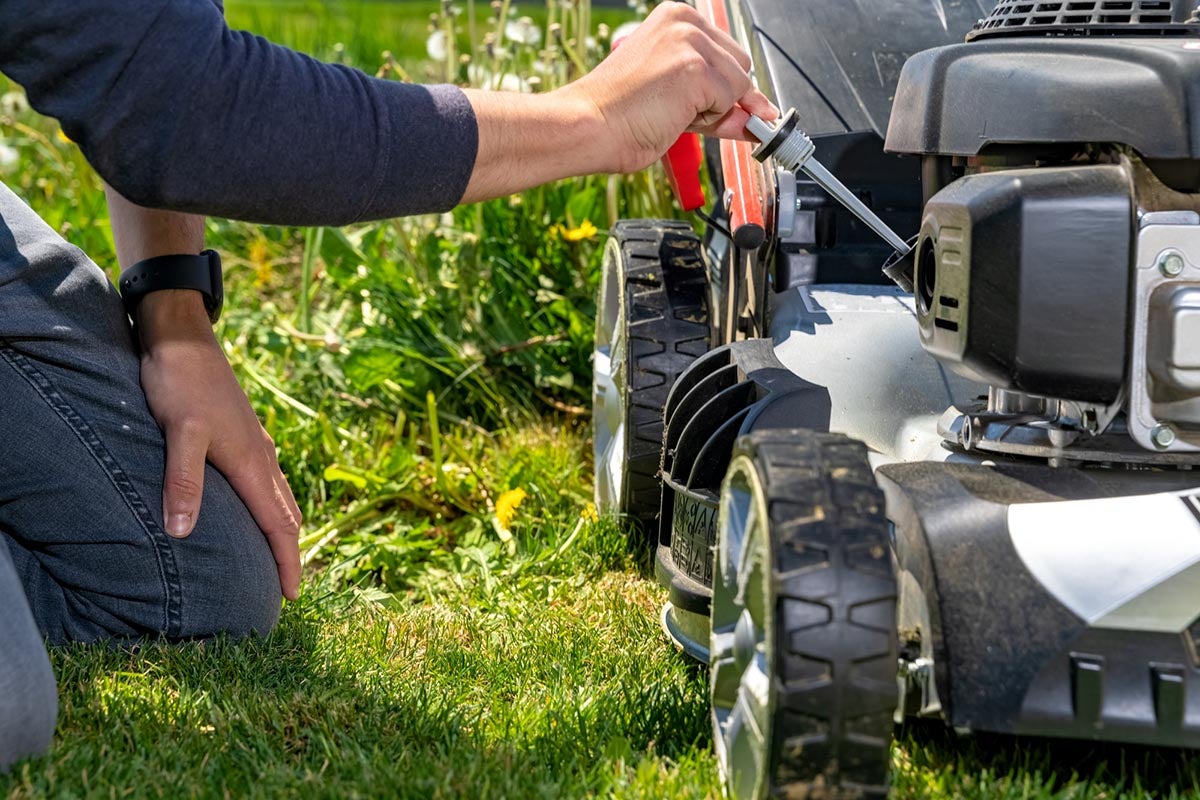

Garden Tools & Equipment
Why Won’t Lawnmower Stay Running
Published: January 21, 2024
Discover the reasons why your lawnmower won't stay running and how to troubleshoot it. Get expert tips on maintaining garden tools and equipment.
(Many of the links in this article redirect to a specific reviewed product. Your purchase of these products through affiliate links helps to generate commission for Storables.com, at no extra cost. Learn more)
Introduction
When it comes to maintaining a lush, well-manicured lawn, a reliable lawnmower is an indispensable tool. However, there are instances when this essential equipment refuses to cooperate, leaving frustrated gardeners scratching their heads. One of the most common issues faced by lawnmower owners is the machine's reluctance to stay running. If you've ever found yourself repeatedly pulling the starter cord, only to have your lawnmower sputter and stall, you're not alone.
Understanding the reasons behind this exasperating behavior is the first step toward resolving the issue and getting your lawnmower back in action. In this comprehensive guide, we'll explore the common culprits that can cause a lawnmower to refuse to stay running, along with practical troubleshooting steps to help you diagnose and address the problem effectively.
Whether you're a seasoned gardening enthusiast or a novice homeowner looking to maintain a pristine lawn, having a clear understanding of why your lawnmower won't stay running is crucial. By delving into the intricacies of the fuel system, spark plug maintenance, air filter blockages, and carburetor issues, you'll be equipped with the knowledge to tackle this frustrating problem head-on.
So, grab your toolbox and prepare to embark on a troubleshooting journey that will empower you to conquer the challenge of a disobedient lawnmower. Let's dive into the common reasons behind a lawnmower's refusal to stay running and unravel the mysteries that lie beneath the hood of this essential garden tool.
Key Takeaways:
- Regular maintenance of the fuel system, spark plug, air filter, and carburetor is crucial for keeping your lawnmower running smoothly and preventing frustrating stalling issues.
- Understanding common issues like fuel contamination, spark plug wear, air filter blockage, and carburetor clogging can empower you to troubleshoot and maintain your lawnmower effectively.
Read more: Why Wont My Washer Turn On
Common Reasons for Lawnmower Not Staying Running
When your lawnmower repeatedly stalls or struggles to stay running, several potential culprits may be at play. Understanding these common reasons can help you diagnose the issue and take the necessary steps to restore your lawnmower’s optimal performance. Let’s explore the primary factors that can lead to a lawnmower’s reluctance to stay running:
- Fuel Issues: One of the most prevalent reasons for a lawnmower’s erratic behavior is fuel-related problems. These can range from stale or contaminated fuel to issues with the fuel lines or fuel filter. When the engine fails to receive a consistent supply of clean fuel, it may sputter and stall, making it challenging to keep the lawnmower running smoothly.
- Spark Plug Problems: A faulty or worn-out spark plug can significantly impact the engine’s performance. If the spark plug fails to ignite the fuel-air mixture properly, the engine may struggle to stay running or may not start at all. Regular inspection and maintenance of the spark plug are essential for ensuring reliable engine operation.
- Air Filter Blockage: The air filter plays a crucial role in preventing dirt, debris, and other contaminants from entering the engine. Over time, the air filter can become clogged, restricting airflow and leading to an overly rich fuel mixture. This can cause the engine to stall or run unevenly, making it essential to clean or replace the air filter as needed.
- Carburetor Issues: The carburetor is responsible for mixing air and fuel in the right proportions before it enters the engine. If the carburetor is dirty, clogged, or misadjusted, it can disrupt this delicate balance, leading to erratic engine performance and stalling. Regular maintenance and cleaning of the carburetor are crucial for ensuring proper engine function.
By familiarizing yourself with these common reasons for a lawnmower’s refusal to stay running, you’ll be better equipped to identify and address the underlying issues. In the following sections, we’ll delve deeper into each of these factors, providing practical troubleshooting steps to help you diagnose and resolve the problem effectively. Whether you’re a seasoned DIY enthusiast or a first-time lawnmower owner, understanding these common culprits is a valuable step toward maintaining a reliable and efficient garden tool.
Troubleshooting Steps
When your lawnmower exhibits the frustrating behavior of stalling or struggling to stay running, a systematic approach to troubleshooting can help pinpoint the underlying issues and facilitate effective solutions. By following these practical steps, you can methodically identify and address the factors contributing to your lawnmower’s reluctance to stay running:
- Inspect the Fuel System: Begin by ensuring that the lawnmower’s fuel tank contains clean, fresh fuel. If the fuel appears discolored, stale, or contaminated, it’s essential to drain the tank and refill it with high-quality, unleaded gasoline. Additionally, check the fuel lines and fuel filter for any signs of blockages or damage, replacing them if necessary to ensure a consistent fuel supply to the engine.
- Examine the Spark Plug: Remove the spark plug and inspect it for signs of wear, fouling, or damage. If the spark plug appears worn out or coated with deposits, it’s advisable to replace it with a new, manufacturer-recommended spark plug. Ensure that the spark plug is properly gapped and tightened according to the manufacturer’s specifications.
- Clean or Replace the Air Filter: Access the lawnmower’s air filter and assess its condition. If the filter is dirty or clogged with debris, clean it thoroughly or replace it with a compatible air filter. A clean air filter is essential for maintaining proper airflow to the engine, preventing potential issues related to an overly rich fuel mixture.
- Inspect and Clean the Carburetor: Carefully remove the lawnmower’s carburetor and inspect it for any signs of dirt, varnish, or clogging. Use a carburetor cleaner to meticulously clean the components, including the jets, passages, and float bowl. Pay close attention to the carburetor’s adjustment screws, ensuring that they are set to the manufacturer’s recommended settings for optimal engine performance.
- Check for Other Mechanical Issues: Beyond the fuel system, spark plug, air filter, and carburetor, it’s important to inspect other mechanical components of the lawnmower. This includes examining the engine’s cooling fins for debris buildup, ensuring the blade brake clutch is functioning correctly, and verifying that the ignition system is in good working order.
By methodically carrying out these troubleshooting steps, you can systematically address the common reasons behind a lawnmower’s refusal to stay running. Whether you’re a DIY enthusiast eager to tackle the challenge or a homeowner seeking to restore your lawnmower’s reliability, these practical measures can help you diagnose the issue and implement the necessary repairs with confidence.
Fuel System Issues
The fuel system is a critical component of a lawnmower’s operation, and issues within this system can significantly impact the machine’s ability to stay running smoothly. Understanding and addressing potential fuel system problems is essential for maintaining optimal engine performance. Here are some common fuel system issues that may contribute to a lawnmower’s reluctance to stay running:
- Stale or Contaminated Fuel: Over time, gasoline can become stale, leading to varnish buildup and decreased volatility. Additionally, if the fuel is contaminated with water or debris, it can disrupt the combustion process and hinder the engine’s performance. It’s crucial to use fresh, high-quality gasoline and store it in a clean, sealed container to prevent contamination.
- Fuel Line Blockages: The fuel lines that deliver gasoline from the tank to the engine can become clogged with dirt, debris, or deposits over time. These blockages can restrict the flow of fuel, leading to inconsistent engine operation and stalling. Regular inspection and cleaning of the fuel lines are essential for maintaining a steady fuel supply to the engine.
- Fuel Filter Issues: A dirty or clogged fuel filter can impede the flow of clean fuel to the engine, resulting in performance issues and stalling. It’s important to replace the fuel filter at regular intervals according to the manufacturer’s recommendations to ensure unobstructed fuel flow and optimal engine performance.
- Fuel System Ventilation: In some cases, problems with the lawnmower’s fuel cap or ventilation system can lead to a vacuum forming in the fuel tank, restricting the flow of gasoline to the engine. This can cause the engine to stall or run unevenly. Checking and ensuring proper ventilation in the fuel system is essential for preventing this issue.
By addressing these fuel system issues through regular maintenance and proactive measures, you can mitigate the risk of your lawnmower experiencing difficulties in staying running. In the next section, we’ll delve into practical troubleshooting steps to help you diagnose and resolve specific fuel system issues, empowering you to keep your lawnmower operating smoothly and efficiently.
Check the air filter, spark plug, and fuel system for any clogs or damage. Clean or replace as needed to ensure proper airflow and combustion.
Spark Plug Problems
The spark plug plays a pivotal role in the ignition process of a lawnmower’s engine, and issues related to this component can significantly impact the machine’s ability to stay running. Understanding common spark plug problems and their potential effects is crucial for maintaining reliable engine performance. Here are some prevalent spark plug issues that may contribute to a lawnmower’s reluctance to stay running:
- Worn or Fouled Spark Plug: Over time, a spark plug can become worn out or fouled with deposits, hindering its ability to generate a strong spark. This can result in incomplete combustion and erratic engine operation, leading to stalling or difficulty in keeping the lawnmower running smoothly. Regular inspection and replacement of the spark plug are essential for ensuring optimal engine performance.
- Improper Spark Plug Gap: The gap between the spark plug’s electrodes plays a crucial role in generating a consistent and powerful spark. If the gap is too wide or too narrow, it can affect the ignition process, leading to issues such as misfiring and stalling. Ensuring that the spark plug gap is set to the manufacturer’s recommended specifications is vital for reliable engine operation.
- Loose or Improperly Installed Spark Plug: A loose or improperly installed spark plug can result in intermittent electrical connections, impacting the ignition process and engine performance. It’s essential to carefully install and tighten the spark plug according to the manufacturer’s specifications to prevent issues related to poor electrical conductivity.
- Heat Range Mismatch: Selecting a spark plug with an incorrect heat range can lead to issues such as pre-ignition or fouling, affecting the engine’s ability to stay running consistently. Using a spark plug with the appropriate heat range for the specific engine and operating conditions is crucial for optimal combustion and reliable performance.
By understanding these common spark plug problems and their potential ramifications, you can take proactive measures to maintain the ignition system’s integrity and ensure consistent engine operation. In the subsequent section, we’ll explore practical troubleshooting steps to help you diagnose and address specific spark plug issues, empowering you to keep your lawnmower’s engine running smoothly and reliably.
Read more: Why Dishwasher Wont Drain
Air Filter Blockage
The air filter in a lawnmower serves as a crucial barrier, preventing dirt, debris, and other contaminants from entering the engine and disrupting the combustion process. When the air filter becomes clogged or blocked, it can impede airflow and lead to an overly rich fuel mixture, resulting in engine performance issues and stalling. Understanding the potential effects of air filter blockage and taking proactive measures to address this issue is essential for maintaining reliable engine operation. Here are some key considerations related to air filter blockage in lawnmowers:
- Effects of Clogged Air Filter: A clogged or dirty air filter can restrict the flow of air to the engine, disrupting the air-fuel mixture’s balance. This can lead to a rich fuel mixture, causing the engine to run unevenly, stall, or struggle to stay running consistently. Regular inspection and maintenance of the air filter are essential for preventing these issues.
- Impact on Engine Performance: When the air filter becomes blocked, the engine may experience reduced power output, erratic operation, and difficulty in maintaining a steady idle. Additionally, prolonged operation with a clogged air filter can lead to increased fuel consumption and potential damage to engine components. Keeping the air filter clean and unobstructed is crucial for preserving optimal engine performance.
- Preventive Maintenance: Regularly inspecting and cleaning the air filter, or replacing it if necessary, is vital for preventing issues related to blockage. Additionally, ensuring that the air filter housing and seals are in good condition can help maintain effective filtration and airflow to the engine, reducing the risk of performance-related issues.
- Environmental Factors: Operating a lawnmower in dusty or debris-laden environments can accelerate the accumulation of dirt and contaminants in the air filter. It’s important to adapt maintenance intervals based on the operating conditions, with more frequent inspections and cleanings in challenging environments to prevent blockage-related issues.
By recognizing the potential effects of air filter blockage and implementing proactive maintenance practices, you can safeguard your lawnmower’s engine against performance issues related to restricted airflow. In the subsequent section, we’ll explore practical troubleshooting steps to help you diagnose and address specific air filter issues, empowering you to maintain consistent and reliable engine operation.
Carburetor Problems
The carburetor is a critical component of a lawnmower’s engine, responsible for mixing air and fuel in the correct proportions before it enters the combustion chamber. Issues with the carburetor can significantly impact the engine’s performance and its ability to stay running smoothly. Understanding common carburetor problems and their potential effects is essential for maintaining reliable engine operation. Here are some prevalent carburetor issues that may contribute to a lawnmower’s reluctance to stay running:
- Dirty or Clogged Carburetor: Over time, the carburetor can accumulate dirt, varnish, and deposits, leading to clogging and obstruction of critical passages and jets. This can disrupt the air-fuel mixture’s balance, causing the engine to run unevenly, stall, or struggle to stay running consistently. Regular cleaning and maintenance of the carburetor are essential for preventing these issues.
- Improperly Adjusted Carburetor: If the carburetor’s settings are misadjusted, it can lead to an imbalanced air-fuel mixture, impacting the engine’s performance. Correct adjustment of the idle mixture, idle speed, and other relevant parameters is crucial for ensuring smooth and consistent engine operation.
- Worn Carburetor Components: Components such as the diaphragm, gaskets, and seals within the carburetor can wear out over time, leading to air and fuel leaks and affecting the engine’s performance. Regular inspection and replacement of worn carburetor components are essential for maintaining optimal fuel delivery and combustion.
- Fuel Contamination: Contaminated or degraded fuel can leave deposits and residue within the carburetor, leading to clogging and performance issues. Using clean, high-quality gasoline and implementing proper fuel storage practices can help prevent fuel-related carburetor problems.
By recognizing these common carburetor problems and their potential effects, you can take proactive measures to maintain the integrity of this critical engine component and ensure consistent performance. In the subsequent section, we’ll explore practical troubleshooting steps to help you diagnose and address specific carburetor issues, empowering you to keep your lawnmower’s engine running smoothly and reliably.
Conclusion
Dealing with a lawnmower that refuses to stay running can be a frustrating experience for any homeowner or gardening enthusiast. However, by understanding the common reasons behind this issue and taking proactive measures to address them, you can effectively restore your lawnmower’s reliable performance. Whether it’s fuel system issues, spark plug problems, air filter blockages, or carburetor malfunctions, a systematic approach to troubleshooting and maintenance can help you conquer this challenge and keep your lawnmower running smoothly.
Regular maintenance and attentive care are essential for preventing the issues that can lead to a lawnmower’s reluctance to stay running. By inspecting and maintaining the fuel system, spark plug, air filter, and carburetor at regular intervals, you can mitigate the risk of performance-related issues and ensure that your lawnmower remains a dependable ally in maintaining a well-kept lawn.
As you embark on your troubleshooting journey, remember that each component of your lawnmower plays a vital role in its overall performance. By familiarizing yourself with the intricacies of the fuel system, ignition system, and air intake, you can develop a deeper understanding of your lawnmower’s operation and effectively address any challenges that arise.
With a combination of practical knowledge, regular maintenance, and a proactive approach to troubleshooting, you can overcome the frustration of a lawnmower that won’t stay running and enjoy the satisfaction of a well-maintained garden tool. By implementing the insights and techniques outlined in this guide, you’ll be well-equipped to keep your lawnmower in peak condition, ensuring that it remains a reliable companion in your lawn care endeavors for years to come.
So, roll up your sleeves, gather your tools, and embrace the opportunity to conquer the challenges that may arise. With a blend of patience, knowledge, and hands-on maintenance, you can breathe new life into your lawnmower and revel in the joy of a beautifully manicured lawn.
Frequently Asked Questions about Why Won't Lawnmower Stay Running
Was this page helpful?
At Storables.com, we guarantee accurate and reliable information. Our content, validated by Expert Board Contributors, is crafted following stringent Editorial Policies. We're committed to providing you with well-researched, expert-backed insights for all your informational needs.
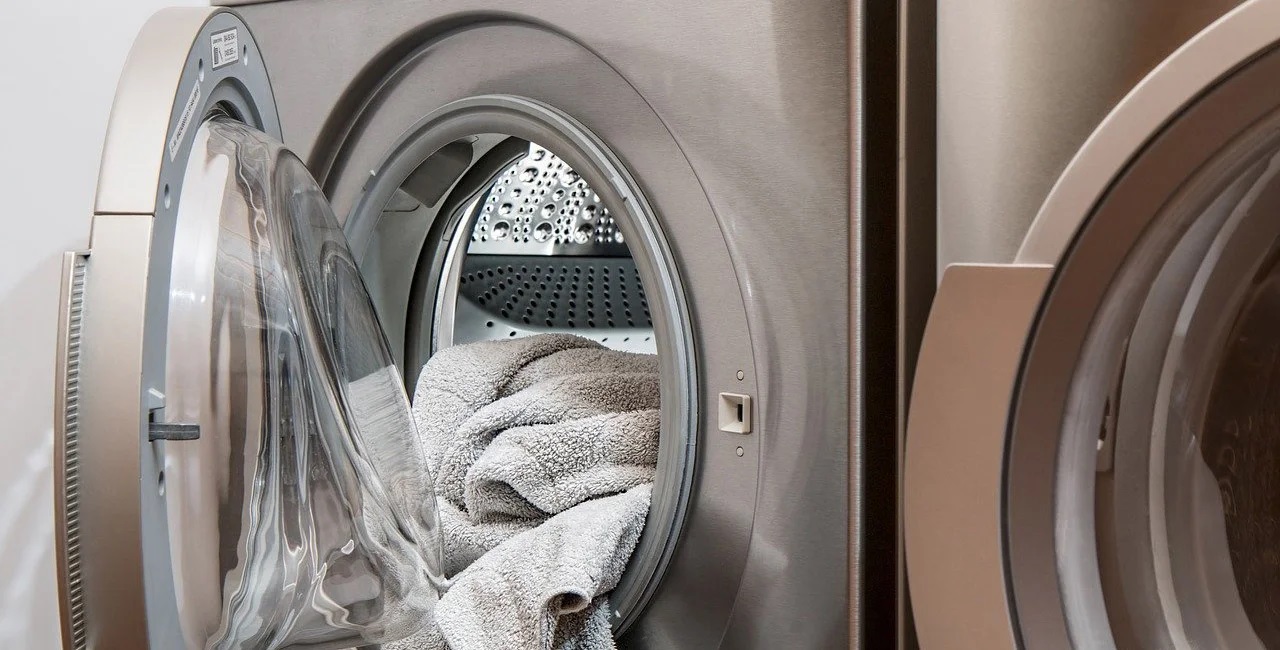
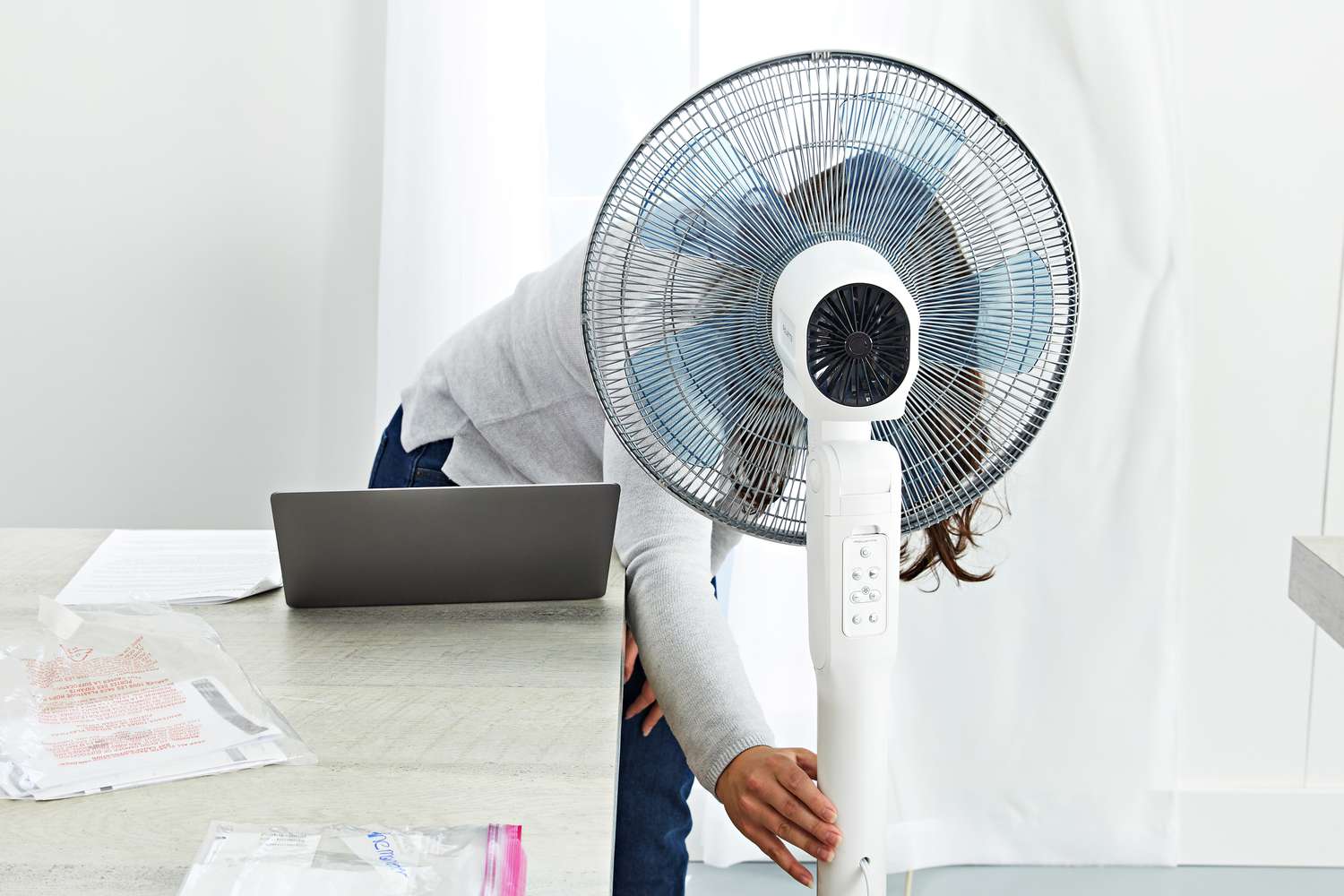

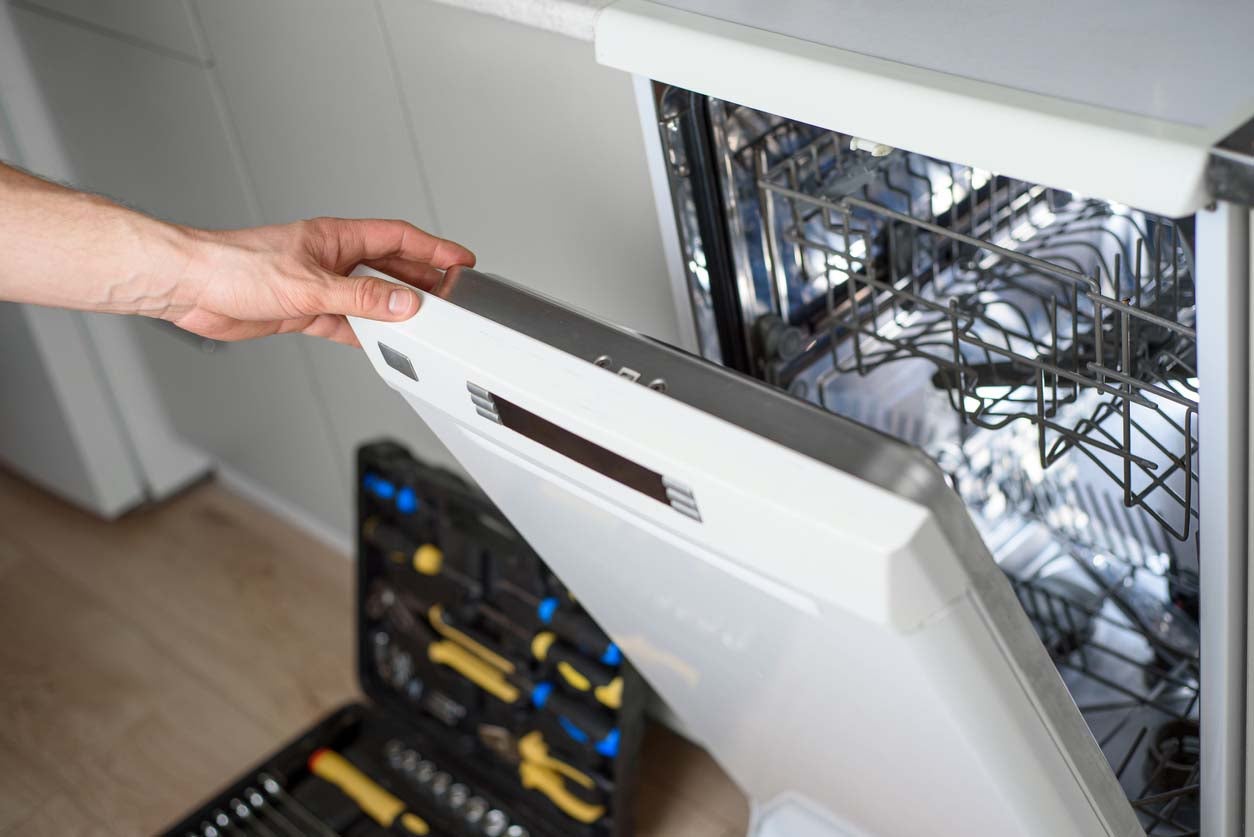
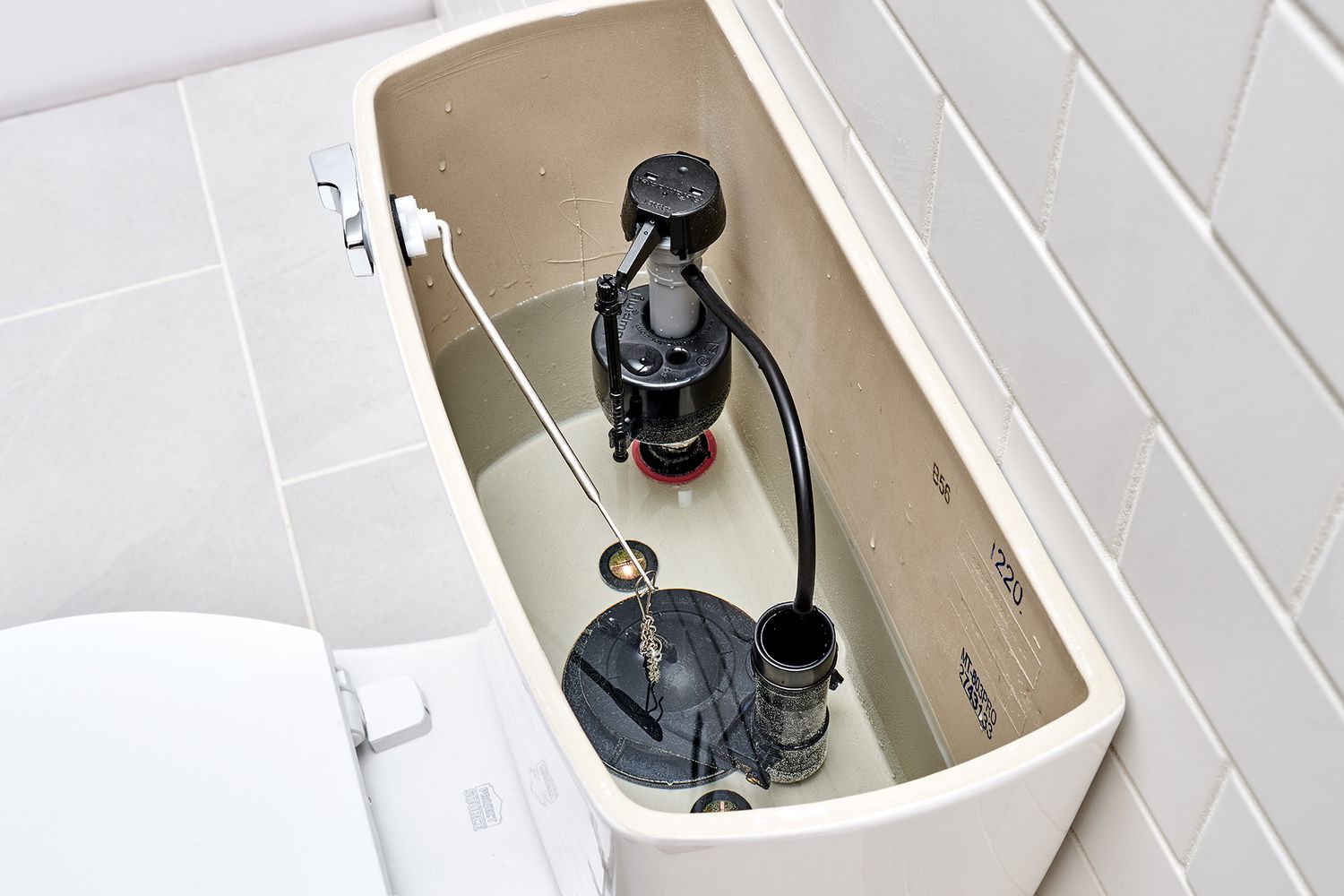
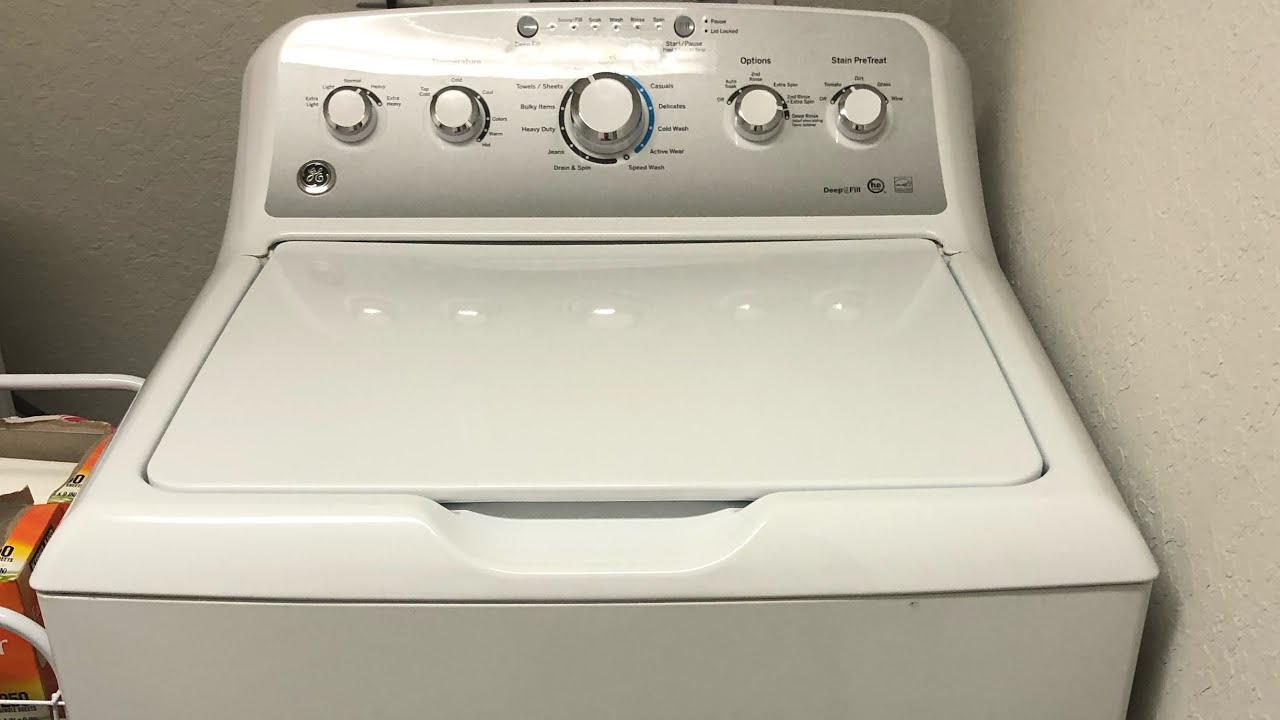
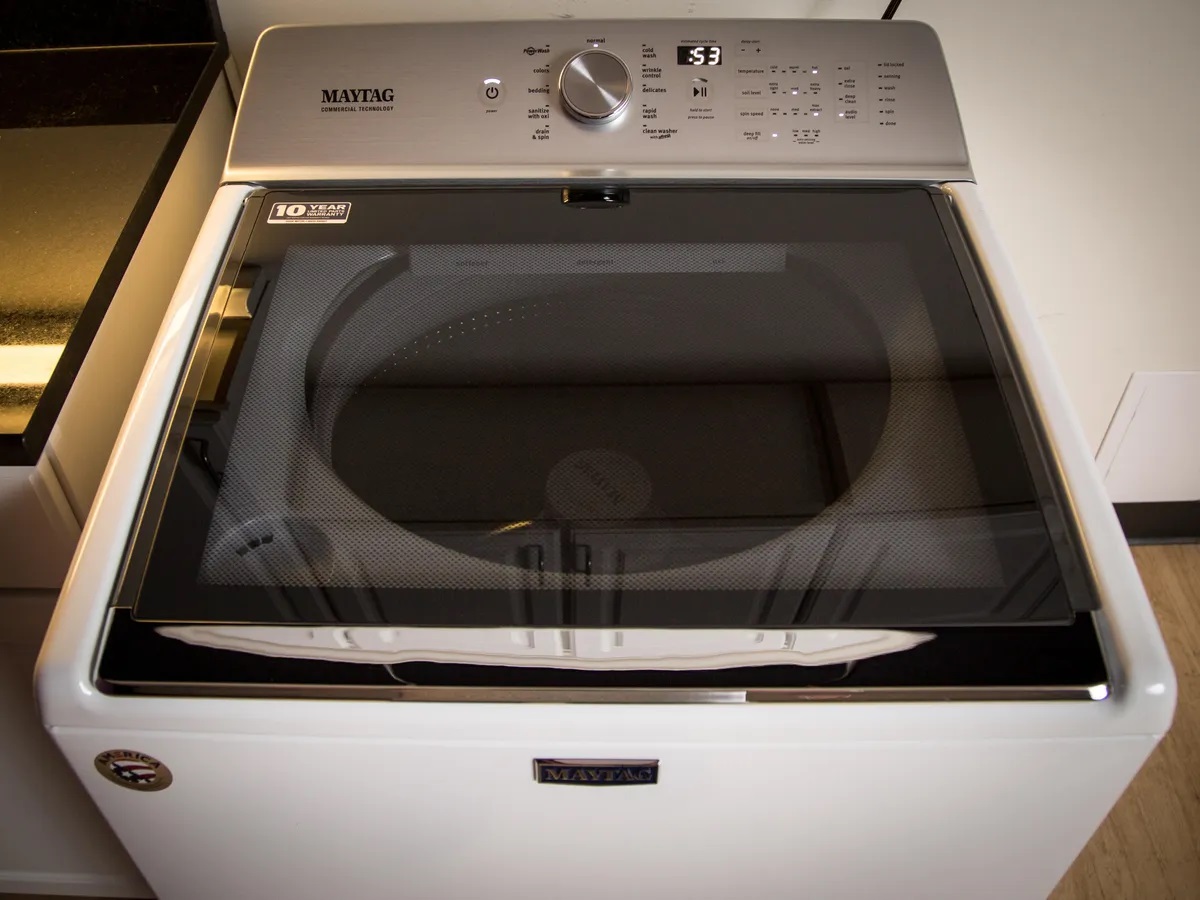

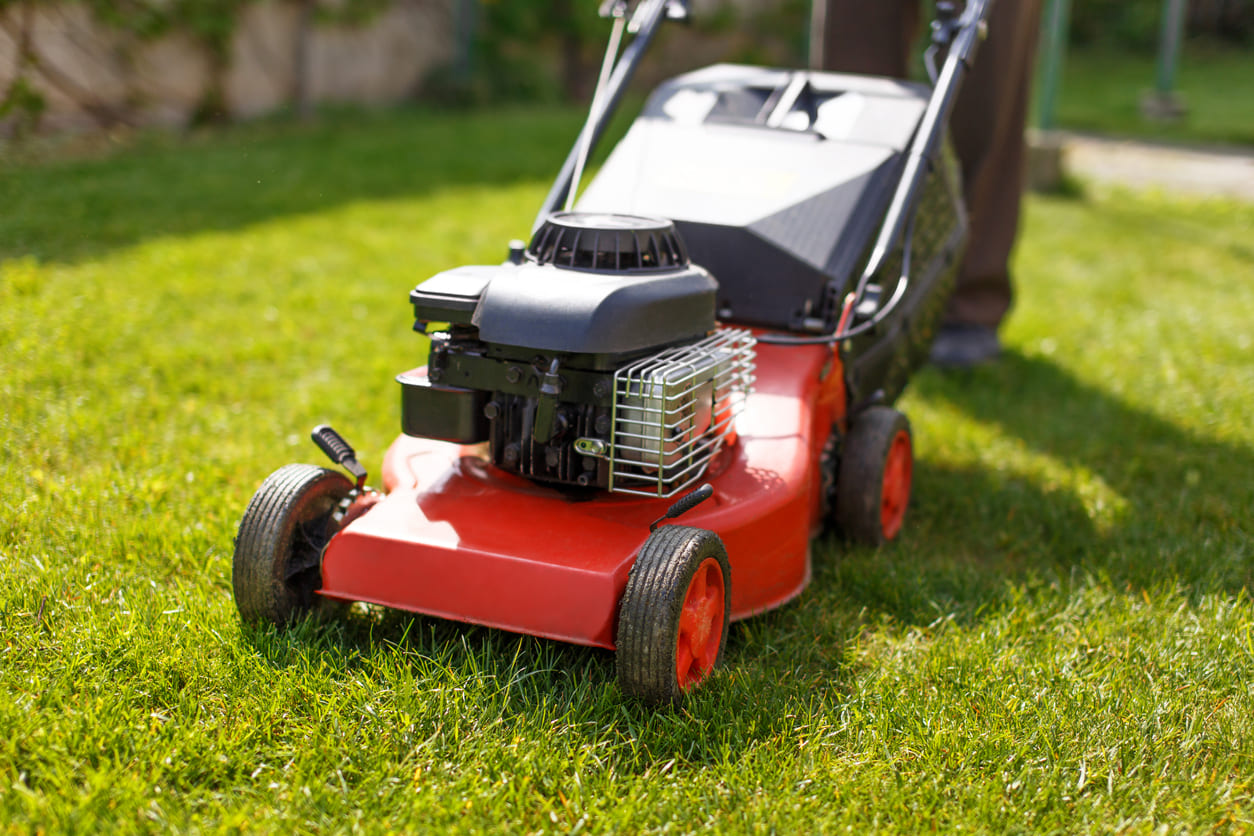

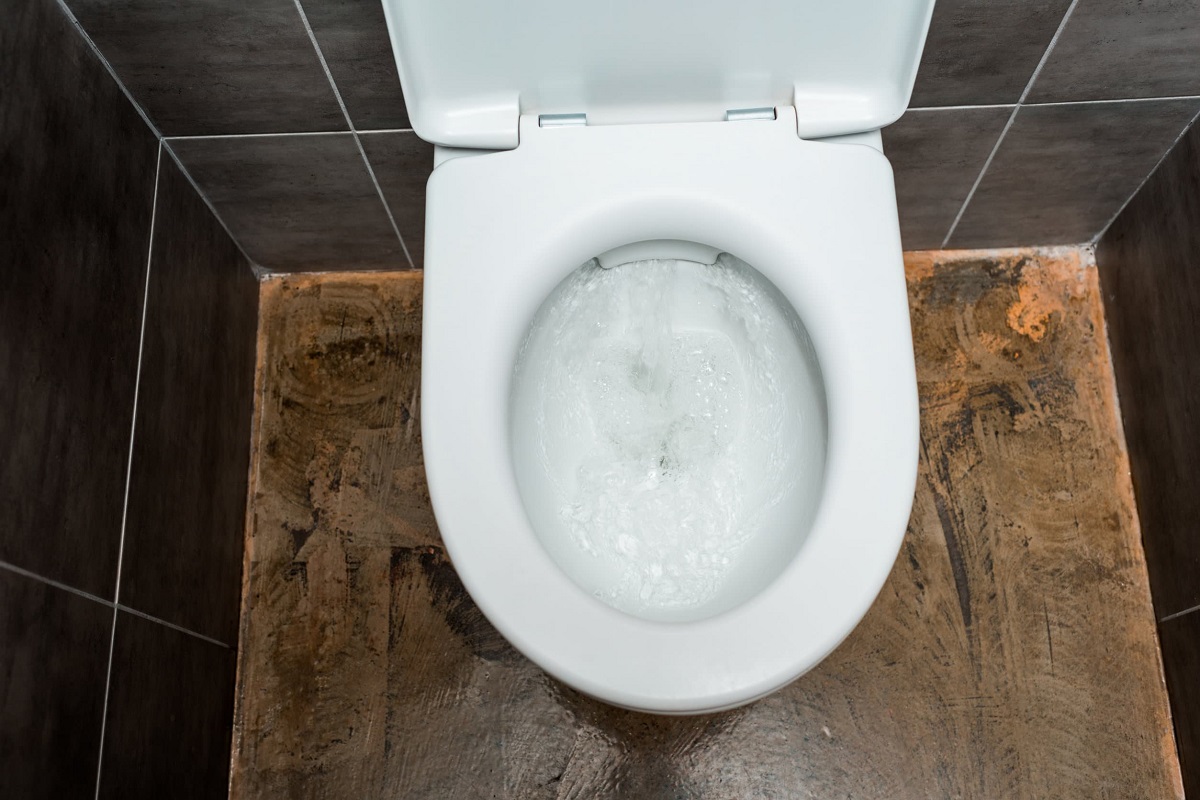
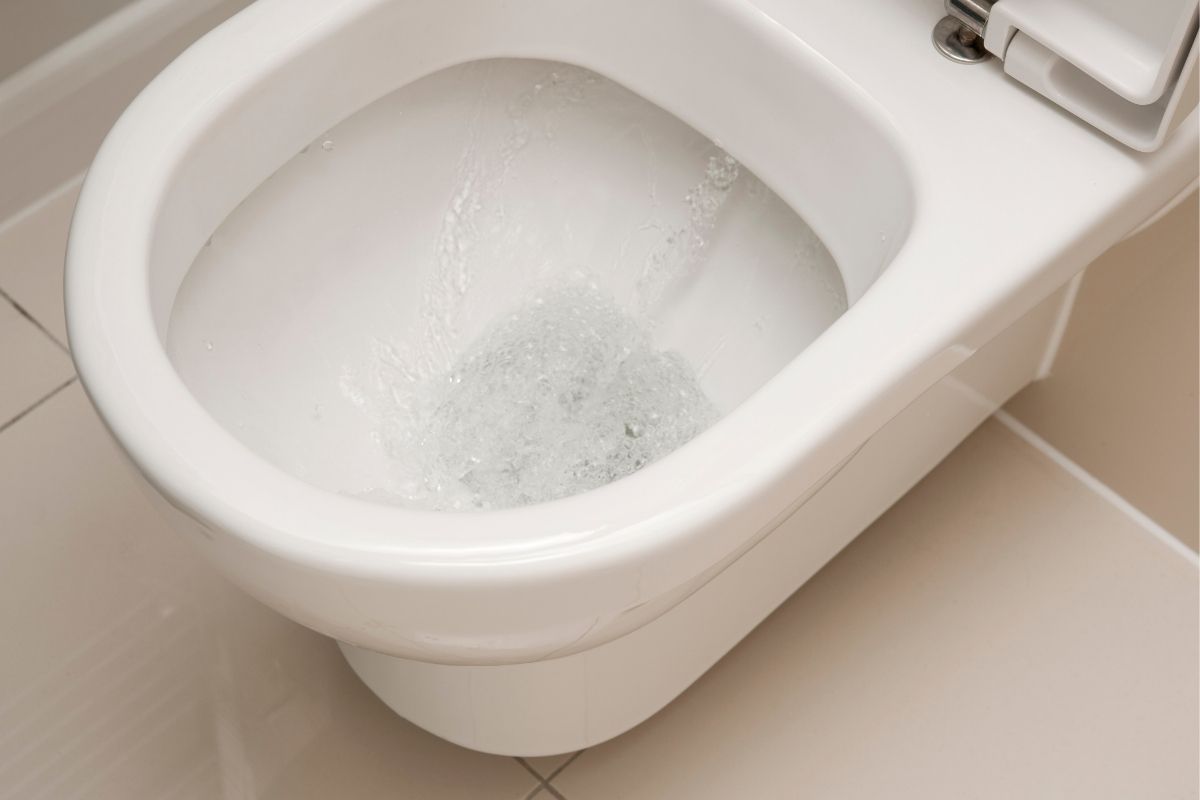
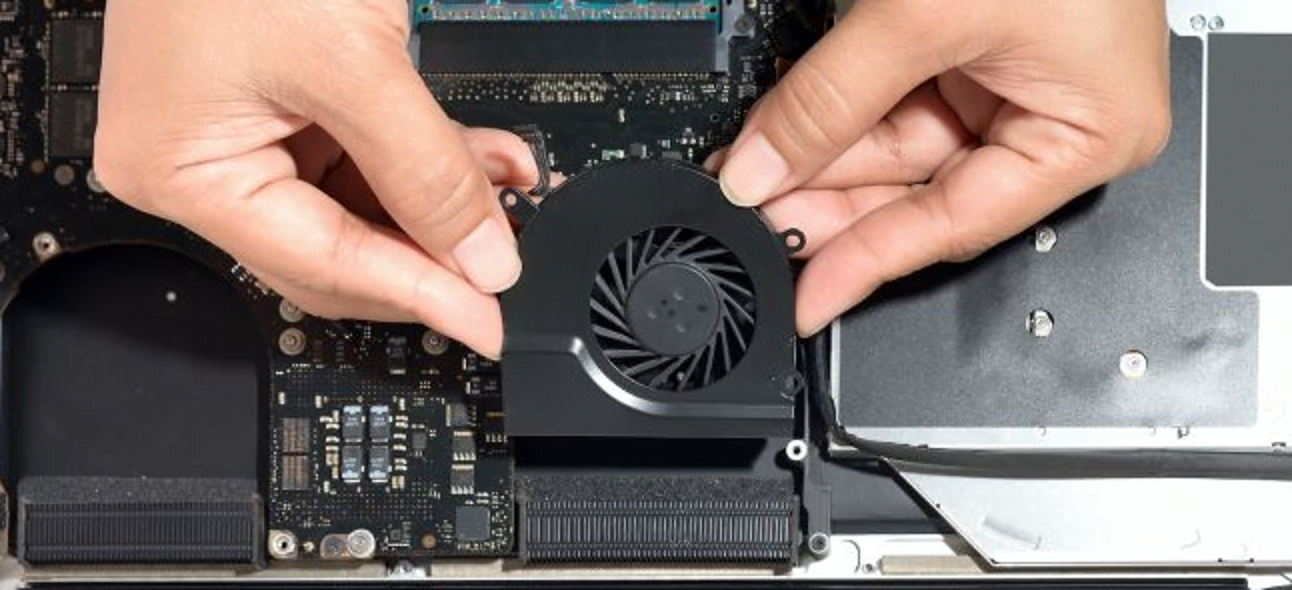


0 thoughts on “Why Won’t Lawnmower Stay Running”